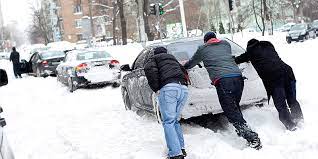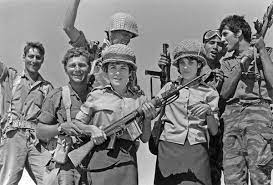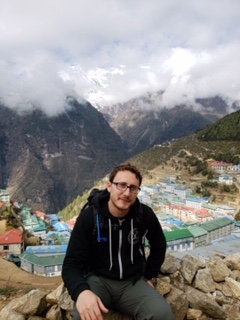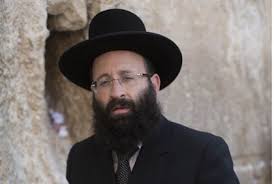An Interview with Dr. Elie Krakowski
Dr. Elie Krakowski is no stranger to the readers of the Where What When. We interviewed him over 20 years ago, shortly after his move to Baltimore, and over the years he has graciously agreed to contribute articles in response to our pleadings. Now we turn to him again to explain the current crisis in Ukraine.
Dr. Krakowski, mostly retired now, has a PhD in international relations from Columbia University in New York. During the Reagan administration, he was Special Assistant to the U.S. Assistant Secretary of Defense at the Pentagon. He coordinated multimillion-dollar programs in humanitarian aid and contributed to presidential national security directives. He helped U.S. intelligence agencies improve the way they collect, analyze, and distribute intelligence data. His main role while at the Pentagon was as an architect of American policy on Afghanistan. He also participated actively in the negotiating process that brought an end to the Soviet-Afghan war.










